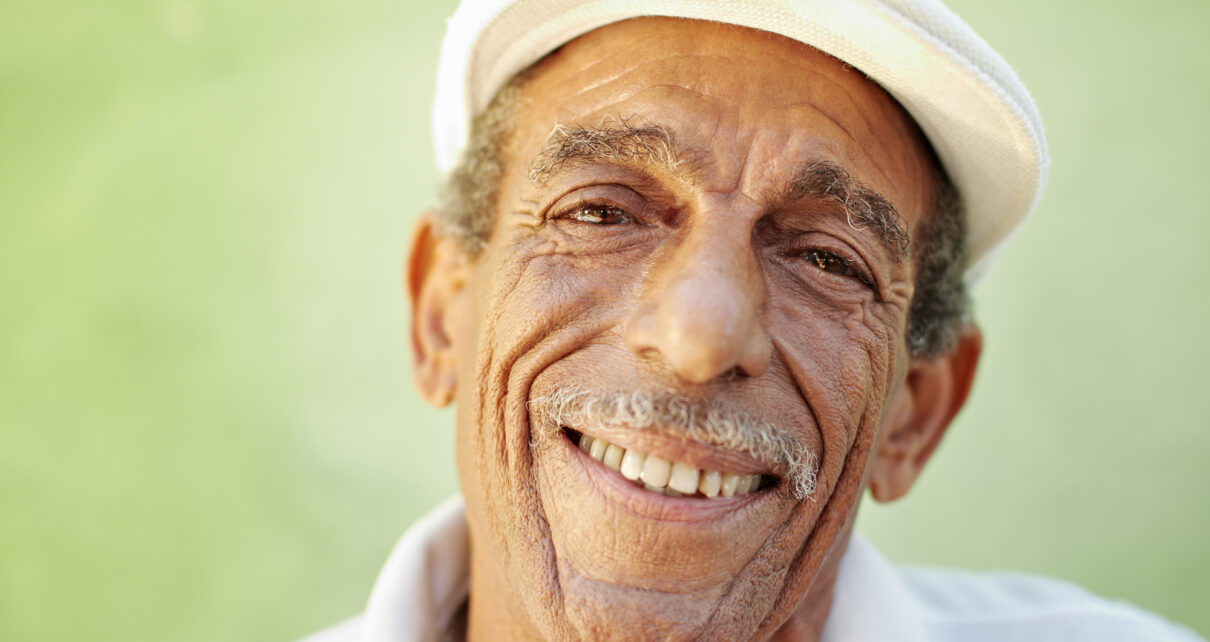By Kathryn G. Kietzman, PhD, MSW and Imelda Padilla-Frausto, PhD, MPH
UCLA Center for Health Policy Research; UCLA Fielding School of Public Health, Department of Community Health Sciences
In 2012, the Institute of Medicine issued a report that documented the mental health needs of a rapidly growing aging population, and highlighted concerns about the preparedness and capacity of the mental health workforce to respond effectively. The 16-member expert committee estimated that between 14 to 17 percent of adults ages 65 and older (i.e., between 5.6 and 8 million in the U.S.) suffer from one or more of 27 different mental health/substance use conditions. Depression and dementia-related behavioral and psychiatric symptoms were the most prevalent conditions identified.
While serious mental illnesses (e.g., schizophrenia, bipolar disorder) were less common, the committee noted that serving the needs of this population has significant implications for workforce training and the effective delivery of care. Importantly, despite the identified needs of older adults with mental health conditions, available estimates indicate that fewer than one third seek and receive appropriate treatment.
Now let us fast-forward 10 years to 2022, in the context of an ongoing COVID-19 pandemic that has greatly increased the risk for mental health conditions in the general population. The pandemic has introduced high and sustained levels of uncertainty into our daily lives, evoking fear and anxiety about the risk of infection, and reducing our social interactions with family, friends, and other informal supports. It has disrupted employment and living arrangements, and created barriers to accessing basic resources and essential physical and mental health care. The consequences are evident in the huge toll of both human and economic loss, with pronounced racial and ethnic disparities, and to a degree not seen in the course of most of our lifetimes. Given the gravity of the moment, it is imperative that we take a closer look at the current mental health status of older adults and consider some actions we might take to improve their access to the care and supports they need to optimize their mental health and well-being.
Mental health conditions and risk factors, pre and post the pandemic
Clinicians, aging service providers, and others who interact regularly with older adults have observed that for some, the pandemic has triggered the onset of new mental health concerns; for others, it has intensified existing mental health conditions. Furthermore, there is emerging concern about the incidence of prolonged grief disorders among older adults as the pandemic persists.
Social Isolation. Given the high-risk of COVID-19 infection, morbidity and death, older adults have become increasingly socially isolated during the pandemic, raising related concerns about their overall health and well-being. Research studies conducted prior to the onset of COVID-19 estimate that between 10 to 43 percent of community dwelling older adults experience social isolation. Older adults from underserved communities – e.g., people of color, LGBTQ+ individuals, immigrants, refugees, and those living in rural areas – may face additional barriers that contribute to isolation. Prolonged isolation has been associated with a number of health risks, including the increased prevalence of vascular and neurological diseases, cognitive impairment, and premature mortality. Furthermore, increases in social isolation can heighten the incidence and acuity of anxiety and depression.
Loneliness. Although related, social isolation and loneliness are not the same thing. Loneliness is a subjective feeling of being alone, separated or apart from others, and reflects how people perceive their experience and whether they feel isolated. Research conducted prior to the pandemic found that nearly 17 percent of older adults in the U.S. reported loneliness. Risk factors associated with loneliness among older adults include unemployment, low education, low income, non-married status, diminished social contact and time alone, fewer individuals in the household, poor health, and functional impairment. Older adults of color disproportionally face many of these risk factors, putting them at higher risk of loneliness.
Depression and Anxiety. National estimates of the prevalence of depression among older adults in the U.S. range between 15 to 20 percent and estimates of anxiety range between 6 percent – 10 percent. Risk factors for depression and anxiety include an increase in physical health problems, chronic pain, functional limitations, social isolation, and loss. For some older adults, anxiety can lead to increased levels of depression. Furthermore, the stress and uncertainty associated with COVID-19 may intensify any underlying risk for the onset of these mental health conditions.
Links between loneliness and poor mental health. Recent data from the 2019-2020 California Health Interview Survey show that overall, about four percent of older adults have serious psychological distress (SPD), which is a marker for depression and anxiety. When feelings of loneliness are factored in, the percent of older adults with SPD increases more than three-fold to 13 percent among older adults who feel lonely. Similarly, while one in five older adults report feelings of loneliness, when poor mental health is factored in, the proportion of older adults who feel lonely increases to more than three out of four older adults with SPD.
Grief. In the wake of the unfathomable number of COVID-related deaths and losses, experienced both individually and collectively, grief has emerged as a public health crisis. Prolonged Grief Disorder — recently recognized by the World Health Organization as a clinical diagnosis — is of special concern among older adults whose ability to adapt to the experience of loss has been complicated due to the circumstances, context, and consequences of COVID-19. Sudden and seemingly random deaths, loved ones dying alone, stay at home orders, and other mitigation strategies have only intensified the experience of social isolation and feelings of loneliness, while other COVID-related losses (e.g., employment, living arrangements, physical separation from family and friends) make it harder to adapt and process grief.
Improving access to mental health care for older adults
Even as mental distress has increased during the pandemic, many older adults have experienced reduced access to mental health care. Housing and community-based providers are well positioned to facilitate access to a range of services and supports that can help address the social isolation experienced by older adults during the pandemic. Here are a few strategies that may increase your organization’s capacity to identify and respond to older adults’ mental health needs.
First, integrate a systematic assessment for loneliness and social isolation into your organization’s usual practice with older adults. At the same time, identify and support the inherent resilience of the older adults you encounter. To address loneliness or social isolation, consider creating or enhancing existing volunteer opportunities within your organization by developing a cadre of individuals (including older adult peers) who can staff phone banks, serve as friendly visitors, facilitate multigenerational programs, support transportation needs, and create safe social spaces where older adults can be – and stay – connected.
Second, identify technology gaps and optimize home-based interventions. Find ways to create opportunities for social engagement and connectedness (e.g., support groups, talk circles, book groups), whether delivered in-person or virtually, in a single-family home or a congregate living setting. While COVID-19 has propelled many community-based providers to rapidly shift to or increase remote or virtual means of delivering services, there remains a deep divide between those who are benefitting from this transition and those who are left out. Resources must be dedicated to ensure access to the internet and the technology devices required for program participation, along with training and ongoing technical support.
Third, connect social activities with healthy and physical activities whenever feasible. Gardening, walking groups, and fitness classes (following social distancing guidelines) can contribute toward improved mental health. The importance of physical activity (e.g., yoga, balance, strength training, aerobics) and its link to mental health outcomes cannot be overstated. There is evidence that physical activity can offset some of the negative mental health consequences associated with the pandemic.
Fourth, ensure that information about social and mental health resources for older adults is provided in multiple settings and delivered by “trusted messengers”. Recruiting staff and enlisting peers that reflect the demographic characteristics of the population being served can help. Increasing education and awareness about mental health within the general community can also reduce stigma and increase the use of mental health services by older adults.
Fifth, we need to work together to learn more about the signs of prolonged grief, identify the older adults in our communities who are at risk, and connect them to helpful resources. The Center for Complicated Grief at Columbia University has developed a guide that can help the bereaved navigate through their grieving process. For professional mental health support, access to telehealth has increased during the pandemic and this may offer a viable venue.
Understanding more about the mental health needs of older adults is essential to community-based efforts to maximize the overall health and well-being of an aging population. Working together, we can increase awareness of the mental health concerns that are salient to older adults, particularly in the context of a pandemic, and implement strategies to increase access to effective and culturally appropriate care.




